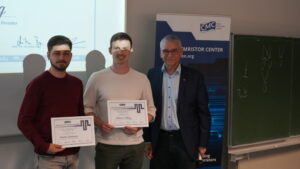Hugh Greatorex, Ole Richter, Michele Mastella, Madison Cotteret, Philipp Klein, Maxime Fabre, Arianna Rubino, Willian Soares Girão, Junren Chen, Martin Ziegler, Laura Bégon-Lours, Giacomo Indiveri, Elisabetta Chicca
Nature Communications, 11 July 2025








